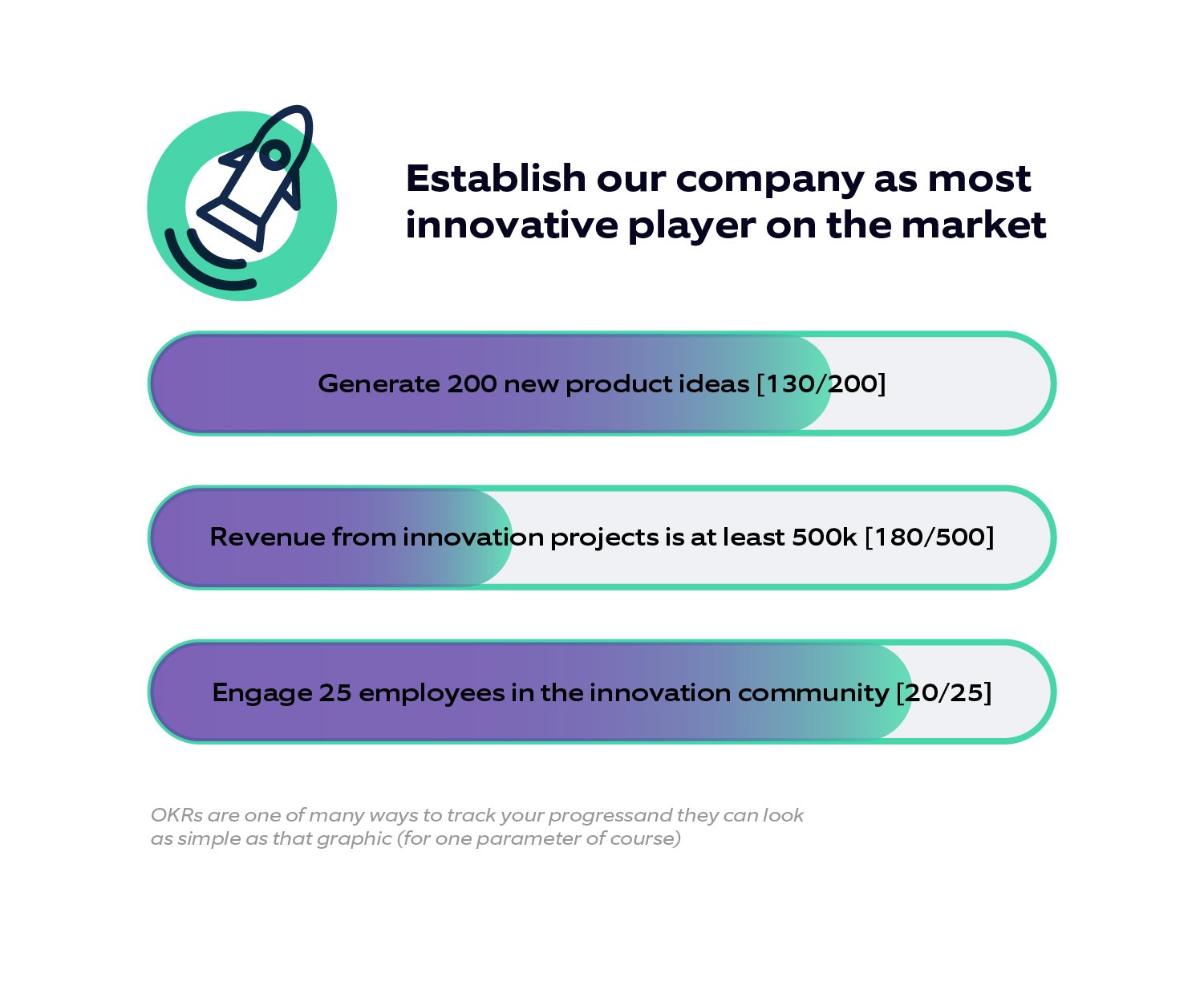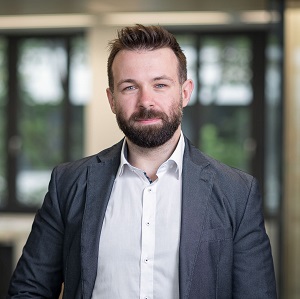“It is not the strongest of the species that survives, nor the most intelligent. It is the one most adaptable to change.” Charles Darwin, 1809
In the first part of our article, “What do agile coaching and sports coaching have in common,” we captured some parallels that both of us (yes, yours truly - the authors of this article) saw from our own experiences. In our free time, we are coaches in the ring (Vladimir) and on the field (Michael). In our professional lives, we coach organizations on their agile transformations. And yes, that can sometimes hurt– you need to adapt established processes, change your mindset, and sometimes hit the ground running. But you learn from these failures, which helps you become better and more successful. How does this work? Let’s dive in to find out!
“Think training is hard? Try losing.”
When you, as an athlete, are no longer able to take the field or realize that there are now far better athletes out there than you, then it may be time to coach. Those who have been gifted with the talent of coaching recognize how much we miss the field. But we also know the amount of positive impact we can have on the performance of the team and the individuals.
In sports, it’s pretty easy to recognize that you've won or lost a game. Not so much in a business context, where it might be more difficult to understand if you were successful or not. It takes the willingness to reflect and measure the actions you or your team took to get the relevant insights.
To be on top of your game, you must have a constant drive for individual growth and learning, as a team and as individuals.
Understand where you are and where you want to be
.jpg?width=763&name=agile-blog-1@2x%20(2).jpg) In sports, we evaluate individual athletes by the skills and athletic abilities they bring to the table to contribute to the team’s mission and goals.
In sports, we evaluate individual athletes by the skills and athletic abilities they bring to the table to contribute to the team’s mission and goals.
Identifying where you are currently and comparing that with where you want to be is crucial because it shows the gaps you need to overcome – both as an individual and as a team/enterprise. It's a good idea to do the same in the business context, too – we call that “Maturity Assessment” or “Health Check.” We identify the gaps and develop a plan to overcome them. For example, if a sportsperson lacks strength, we might ask the athlete to spend more time in the gym. Likewise, in business, we might train our employees in Agile development practices if we figure out that our time-to-market is too slow.
The same holds for the completion rate of your business targets – making transparent what you want to accomplish and where you are at a certain point in time allows you to react in time, even if the forecast doesn’t meet the plan.
Reflect on your progress and make it a part of your process, or it will hit you – hard
This point is not a recommendation. It’s an order if you want to be one of the cool kids in the yard (like us ^^). 
It’s really important to take the time to introspect honestly about where you are and how you are doing. It’s important to reflect on our skills and traits in reference to your goals and the necessities to reach that goal. A coach can help you do all that while also providing the same support for the whole organization – The moral of the story? You can always rely on a coach to guide and motivate you, whether you are a sports club or an enterprise.
So it’s important to identify the levers to control your progress and status. You must act accordingly but not just once! It should be done in regular intervals, with a strong preference for shorter timeframes. The more you take the chance to reflect and identify where you are, the quicker you can react to any deviations from the plan. You can always ensure you are still on track to reach your goal.
If reality does not match the plan – adapt the plan! (Or try changing reality and fail)
It’s an accepted fact that our environment (in sports, through new opponents, and in business, with new competitors and technologies) is always under constant change (VUCA World). To keep up with this change, we should also be able to adapt accordingly, as Charles Darwin once said.
One of the key foundations for agile organizations is their ability to spot and understand a change and adapt accordingly.
Since we cannot change the reality (no, even if we have seen managers trying to do that all too often), we need to adapt our plans. This might require a pivot on strategy, required skillset, product landscape, business model, etc. And yes, that might hurt! Change is rarely easy, and therefore people, teams, and organizations are asked to leave their comfort zone to rise to the occasion and grow.
Here’s an example of what Mika went through in football: When your quarterback is lost to an injury, you would be ill-advised to continue playing the same plays with the backup quarterback because the skillset will naturally be different – as a coach, you will need to adapt your gameplan, cut out bread-and-butter plays, and teach different skills to your players. In business, we can go with the same analogy – when your best developer on the team quits or is moved to another project, you will need to find a way to replace the skills of that person. But hey, that doesn’t necessarily mean you need another star developer. It just means the team needs to find a new way of working together. For example, do more pair programming to get things done.
In sports and business, a coach is always around to help you move across the line, even if the process seems painful initially.
When we move to the growth zone of an individual or team, or company, we quickly realize that all the pain is every bit worth the gain! There’s one thing we can always be sure of: Change is constant in today’s world. This means there will always be the constant need to understand where you are, reflect on your gaps and adapt your strategy to be successful.
Do you want to get better at what you do or even exchange ideas about coaching topics? Connect with us or drop a note at aqt@nagarro.com. We look forward to chatting with you!


.png)
.png)


